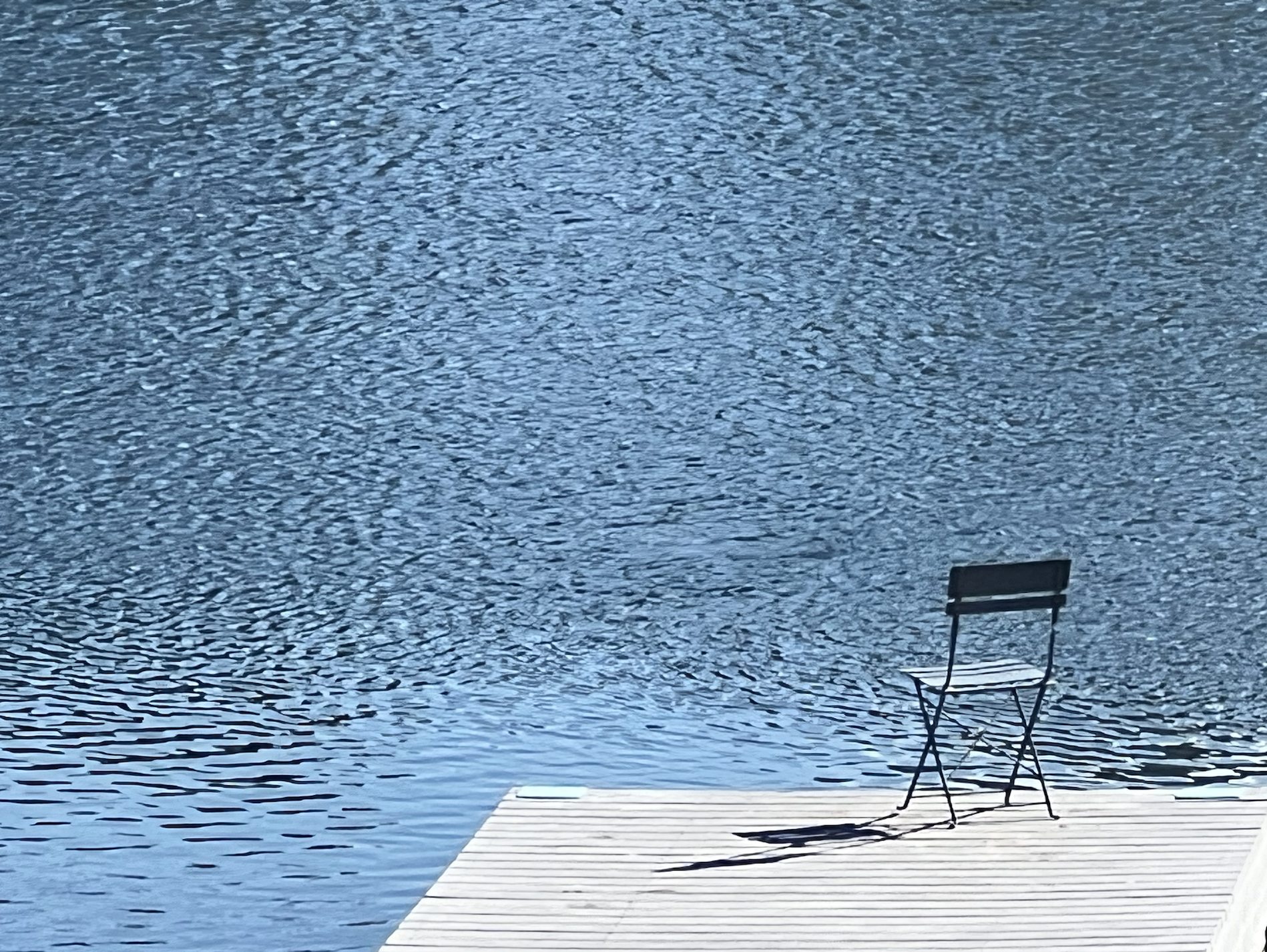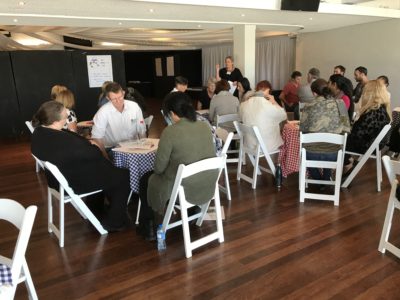Today begins Ignite, a Leadership Initiative of the Rocky Mountain Conference. It is a program that has slow-cooked over the last few years, which means it’s tender and has a unique tastiness to it. That means that there is a lot of anticipation for it.
Our hosting team is Erin Gilmore, Corbin Tobey-Davis, Todd Smiedendorf, Sue Art, Larry McCulloch, and myself. We’ve been meeting over the last nine months to build our team and imagine this program. We will be hosting participants over the next nine months. There are 32 of us in total.
Our location is La Foret, a really beautiful facility high in Colorado’s Rocky Mountains near Colorado Springs. It is expected to snow today, but then melt off later during the week.
So, much is in place. Our physical set-up. Much of our design that we will review and improve a bit more today. There will be a mix of teachings, ceremony, exercises, food, rest, and time to encounter each other. These kind of spaces are needed. As the intensity of world needs grows, we need well-held spaces in which to be thoughtful and kind.
Our three purposes in particular:
-
Deepen our own being: We believe if you grow the person, the world gets better. We will learn who we are and become grounded to our being, strengthening our capacity to be the leaders our institutions and communities need.
-
Amplify our relationships: We believe you can’t be human alone. We will develop a strong and trustworthy community where you can be vulnerable and loved.
-
Be church in a different way for times such as these. The challenges of our time are everywhere, even in the people we minister with—after all, faith communities are where many go to make sense of such times. This requires a centered and evolved leadership paradigm of going together, not alone; of growing relationships, not isolation; of learning collaboration, not competition. Ignite is about taking that path of learning and evolving together.
Ready, go!

